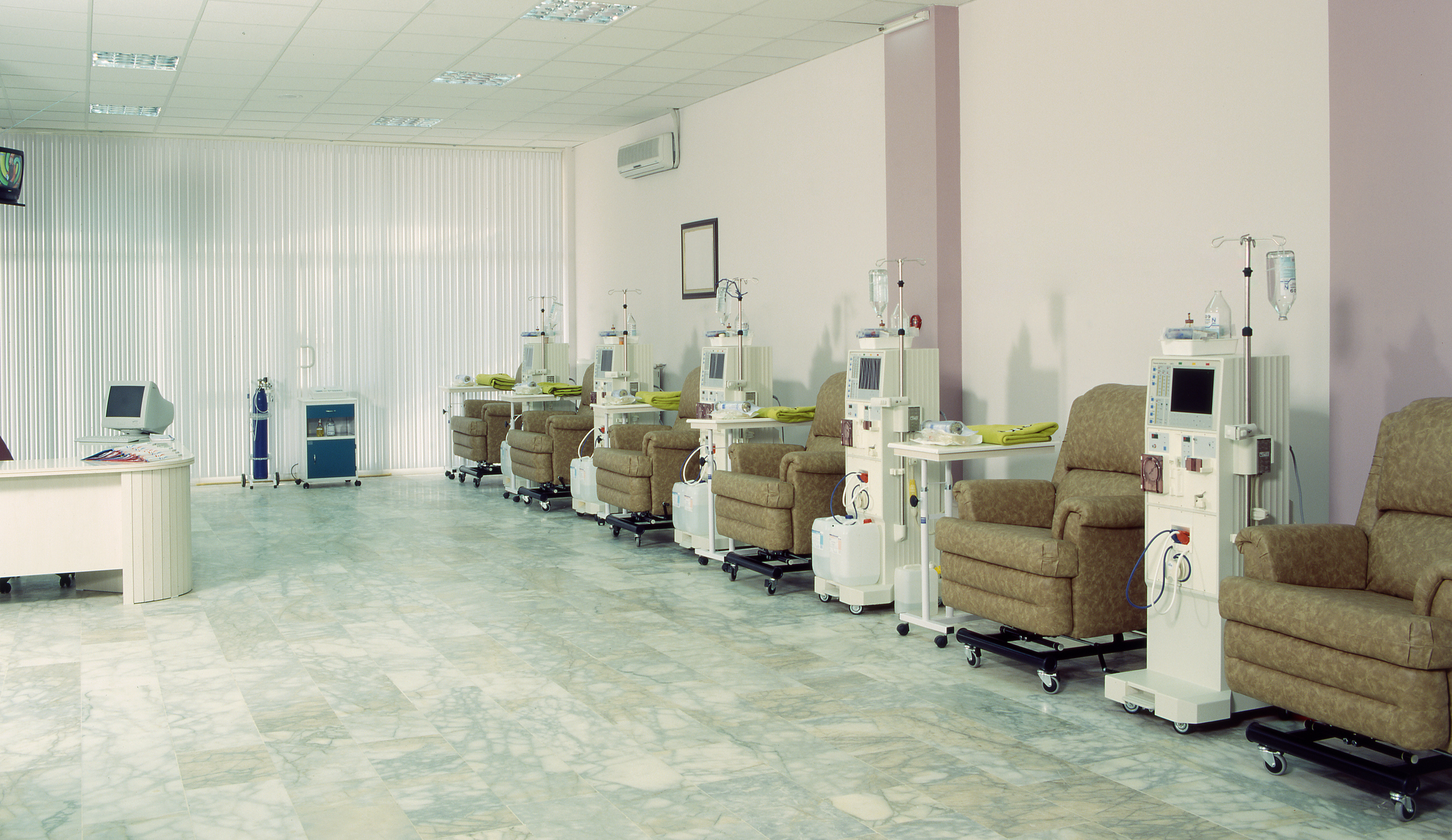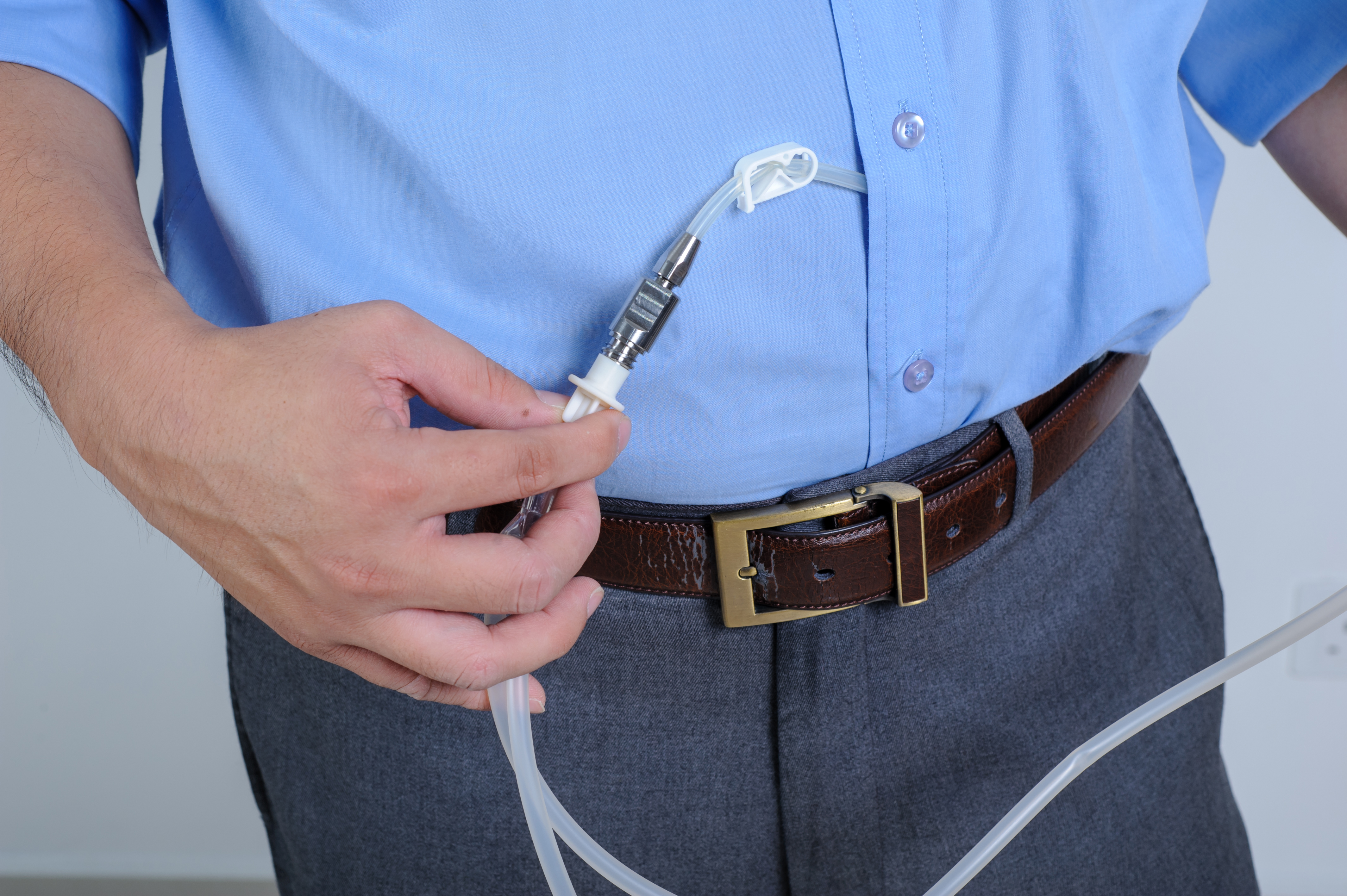Home Dialysis: Is It Your Best Treatment Option? – Recording and Slides
If you were unable to attend last week's education seminar, the recording is now available! Please see the video below for details. In addition, download the slides. We want to keep getting better. Please help us by sharing your comments and suggestions here: Webinar Review This program helps you: Learn about treatment options Weigh the benefits of more frequent dialysis Develop questions to ask your doctor when choosing your treatment choice Understand the patient's perspective by hearing a patient's dialysis story






